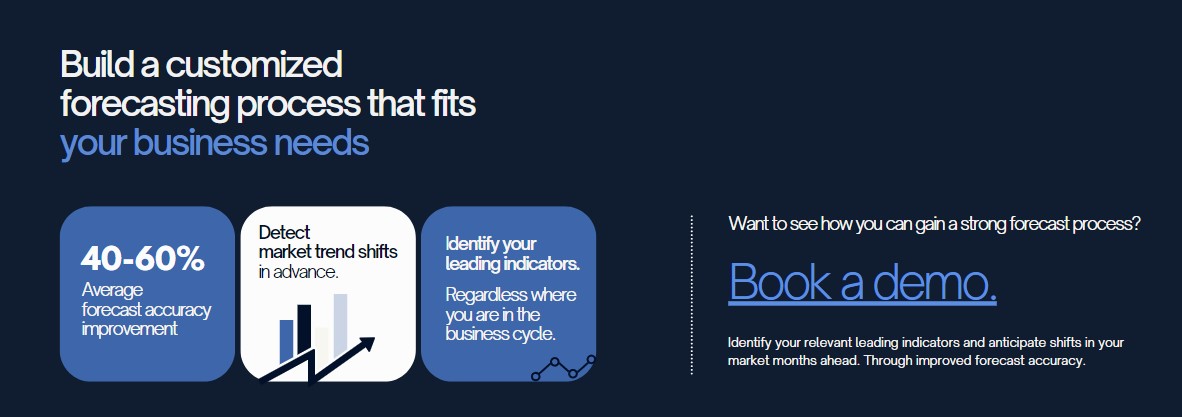Yes, there's no argument how forecasting is an indispensable tool for businesses to make well-informed decisions based on historical data and other relevant market information. That said, forecasting is not always precise, and accuracy can be impacted by various factors. Therefore, it is crucial to regularly evaluate and refine your forecasts for maximum accuracy. In this article, we will delve into the reasons why and how you can achieve this.
#1 Regularly evaluating the accuracy of your forecasts
To enhance the accuracy of your forecasts, you must regularly evaluate them against actual outcomes. This evaluation process helps you to identify areas that require improvement, such as the model, data sources, or assumptions. For instance, if your sales forecast for the month is off by a significant margin, it is imperative to investigate why and what factors influenced the outcome.
#2 Investigate the causes and adjust your models or data sources
Once you have pinpointed areas that need improvement, it is essential to investigate the root causes of the errors. The errors could be a result of inaccurate data, flawed assumptions, or a faulty model. Once you have determined the cause, you can adjust your model or data sources to improve accuracy. This process of adjustment and refinement is an ongoing one, as you continue to evaluate and improve your forecasts.
#3 Incorporating new data and evaluating its impact
Another crucial aspect of refining your forecasts is to incorporate new data as it becomes available. The world is continually changing, and new information can significantly impact your forecasts. For instance, a change in government policy or a significant event in the industry could impact your predicted outcomes. Therefore, it is essential to evaluate the impact of new data on your forecasts and adjust accordingly.
Is it possible to automate this process?
Incorporating the steps mentioned above can be time-consuming and labor-intensive, especially when dealing with large datasets. Fortunately, there are tools available that can automate the process. One such tool is Indicio, which automates the building and backtesting of models. It enables you to perform model averaging and identify relevant indicators under the time it takes you typically to test a single model or less. This tool not only saves time but also improves the accuracy of your forecasts by incorporating the latest data and refining the models continually.
By regularly evaluating your forecasts against actual outcomes, investigating the causes of errors, incorporating new data, and using tools like Indicio to automate the process, you can improve the accuracy of your forecasts and make better-informed decisions.




